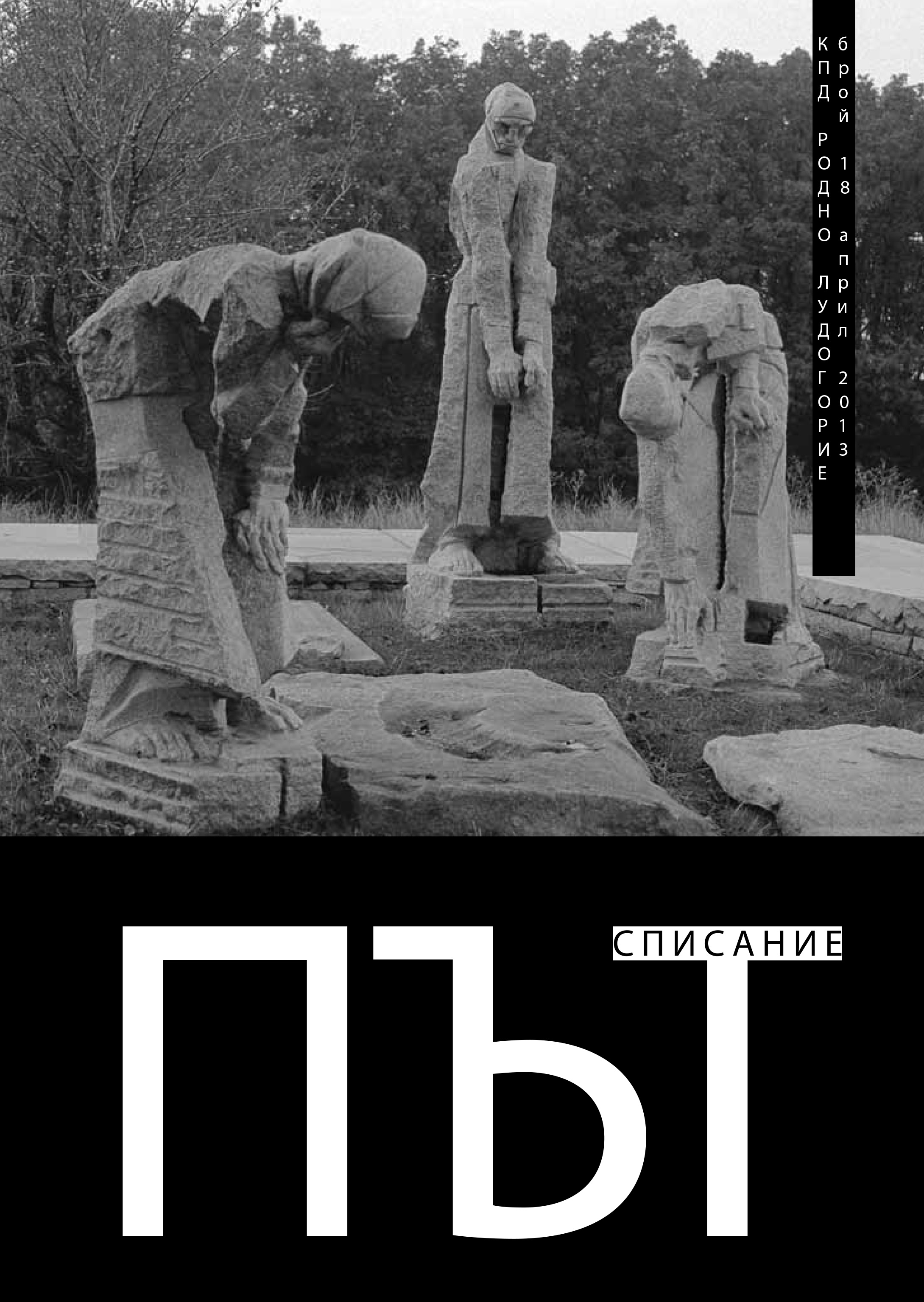
Историците - жреци на Клио или нейни господари
Conversation between Dr. Anatoli Kanev and Prof. Ilia Todev about the role of historians and more specifically the history of Batak.
More...We kindly inform you that, as long as the subject affiliation of our 300.000+ articles is in progress, you might get unsufficient or no results on your third level or second level search. In this case, please broaden your search criteria.

Conversation between Dr. Anatoli Kanev and Prof. Ilia Todev about the role of historians and more specifically the history of Batak.
More...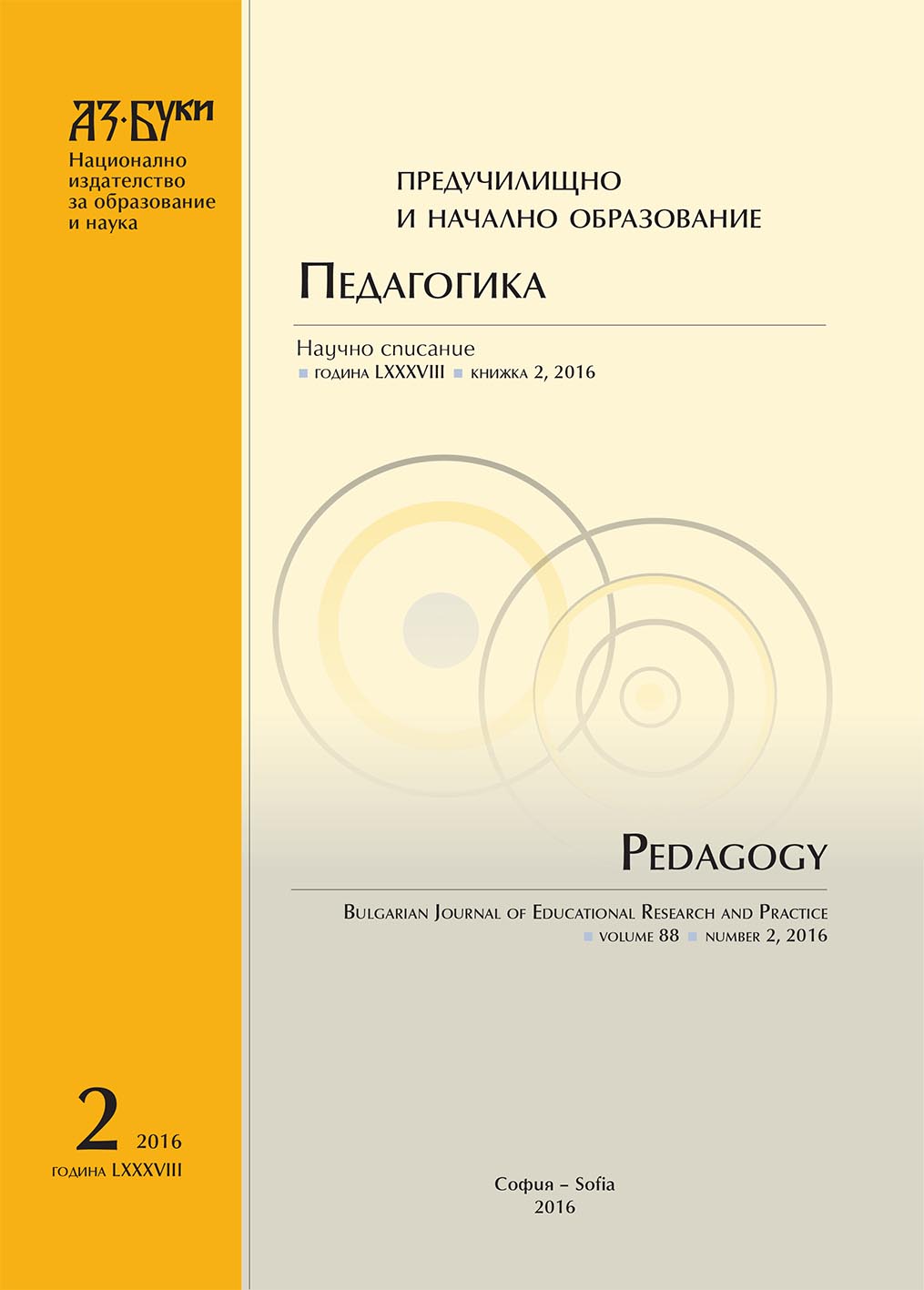
Training and qualification of primary school teachers after the liberation is implemented on the basis of curricula and programs that are accepted by Ministry of Education and are obligatory. In them a content component in each subject, such as general professional teacher training is carried out in two directions – theoretical and practical. This is according with the European practice and especially with so called herbartianism – model. Even though applied in part, because it is consistent with conditions in Bulgaria, he played a positive role in the overall organization and systematization of pedagogical training and qualification of teachers in Bulgaria in the period after the Liberation.
More...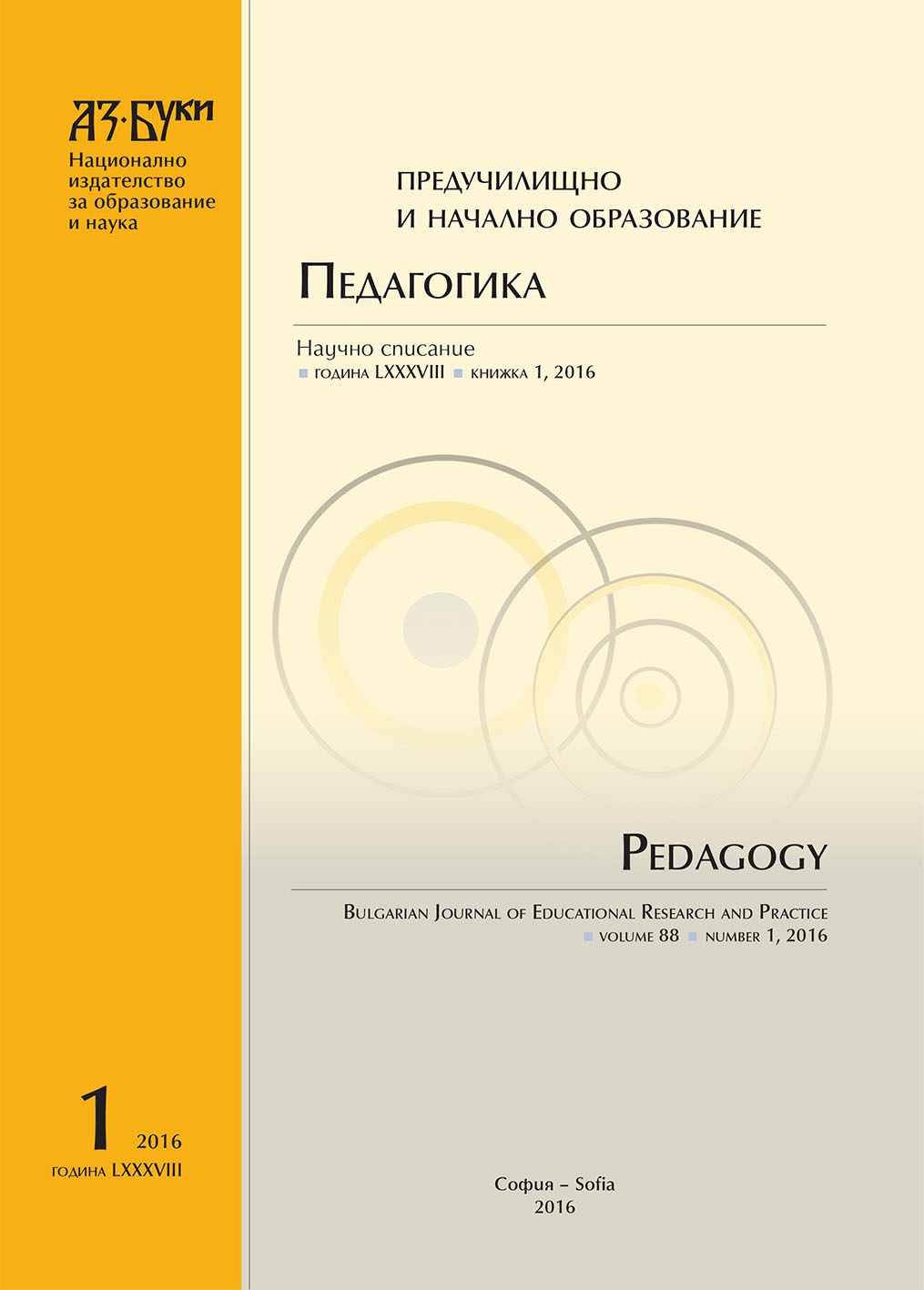
The article comments on legislative initiatives of the Cabinet of Alexander Stamboliiski, which aim to alleviate the material status of teachers and to provide more funds for the construction of new school buildings. And all this against the backdrop of economic collapse, which relegated the country after three wars, the harsh conditions of the Treaty of Neuilly and huge casualties given in hostilities.
More...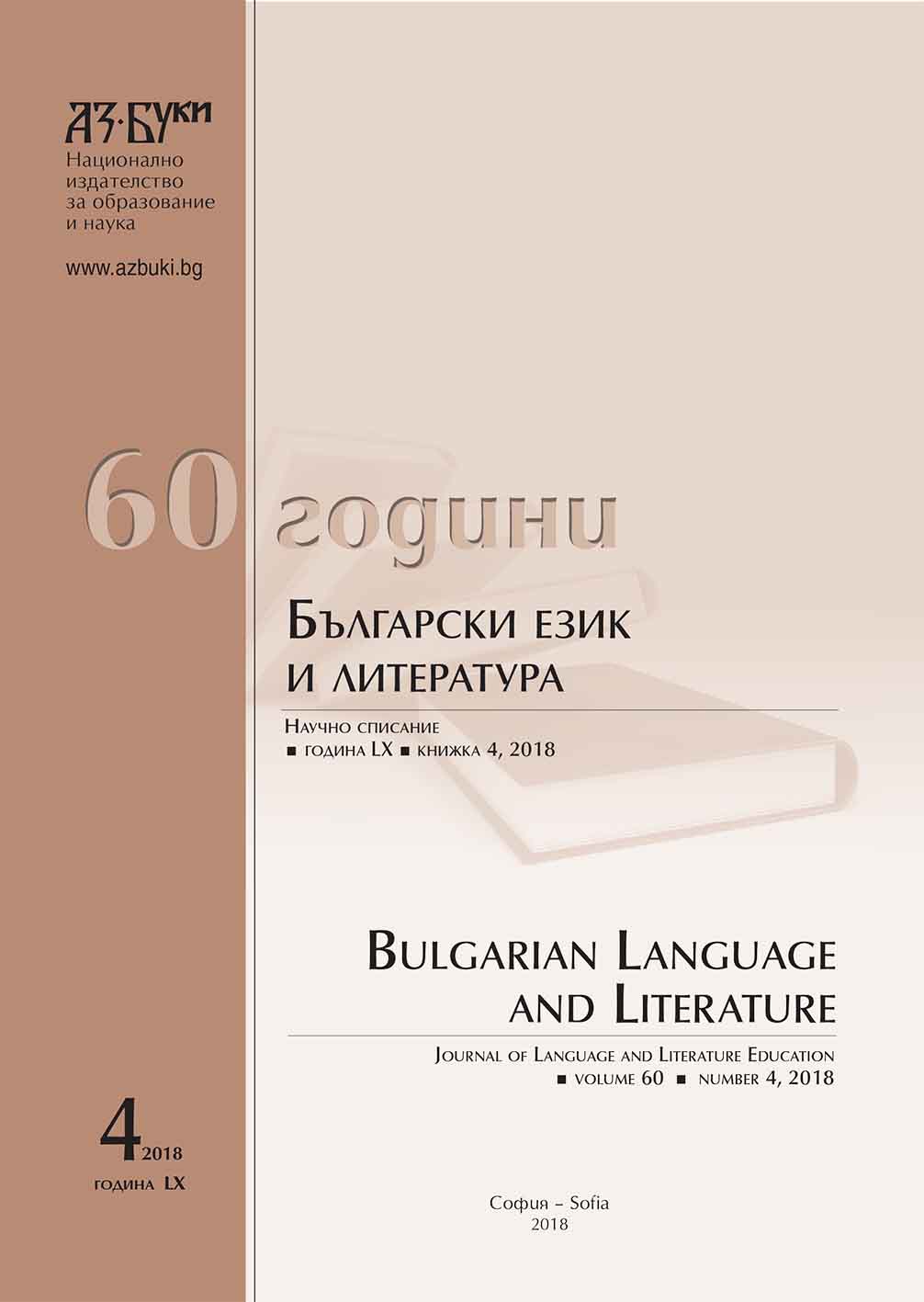
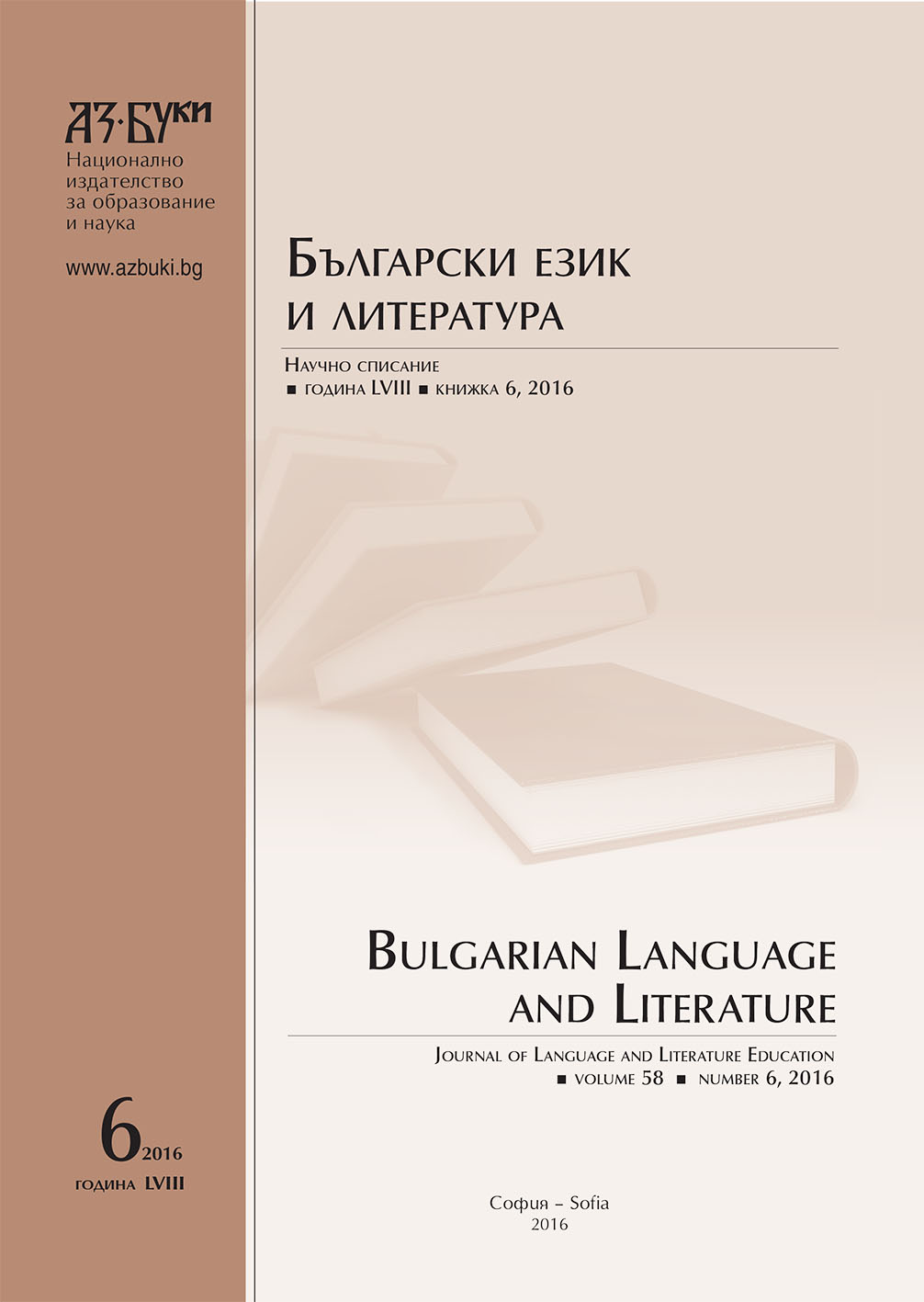
The interdisciplinary field of memory studies and literary science is a relatively new research subject that immediately attracted the attention of scholars from across various areas. In the case of Bulgarian literature, however, no comprehensive study has yet been attempted. This article strives to make a first, tentative contribution in this direction. By analysing three Bulgarian literary works – Čavdar Mutafov’s Smărten săn, Dimităr Korudžiev’s Predi da se umre and Vladislav Todorov’s Dzift – with regard to their interrelationship between city, memory and individual, this paper offers a thematically limited, but concise glimpse into some of the manifestations of a memoryscape in modernist and contemporary Bulgarian literature.
More...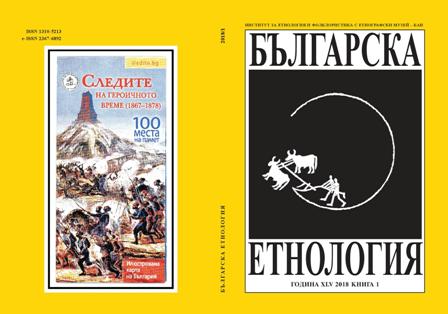
The article analyzes the figure of Ivan Borimechkata (The Bear-Fighter) – one of the most famous heroes of April 1876 uprising – from the viewpoint of its hyposthases: as a literary character that gained popularity with Ivan Vazov’s novel “Pod Igoto“ [“Under the Yoke“]; as a historical personality with a concrete biography on whose basis Vazov created his literary character; as a mythical figure that found various representations in the national and local memory, in art, public discussions, etc.Analyzing comparatively diverse folklore and historical sources about Borimechkata, the article traces the processes of taking the concrete personality out of historical anonymity and turning it into a hero and a kind of myth. In the course of these processes, the historical indicators about the martyrdom of Ivan Borimechkata appear silenced by the voice of the heroic memories about him – ones created and affirmed through the character’s interpretation in literature, monumental representations,visual arts, and cinema. The article shows how the novel “Under the Yoke“ testifies not only of Vazov’s return to the “idealized epoch“ of the April 1876 uprising, with its ideas and heroes, but was also a powerful instrument in coining heroic characters and narratives connected with that time.
More...
The preservation of the memory for the past is part of the system that forms identity.“The sites of memory“ (after Pierre Nora), which surpass the frames of the physical space of the event and also include the characters-participants and the event itself as a phenomenon, are building a symbolic construct, which is often comprehended bylocal communities as heritage. The present research examines the development and transformation of places of national memory in Bulgaria. Case-study of the report is the “Monuments“ Park of the town of Svishtov in Northern Bulgaria – the original site of the landing of Russian troops in 1877, the beginning of the Liberation War. Duringits 140 years of history, the “Tekir-dere / the Monuments“ area witnesses three stages of development. In the initial years following the Liberation the area is affirmed as a site for commemoration and homage to the bravery of the Russian soldiers. OnБългарска етнология, бр. 1 (2018) / 91occasion of the celebrations for the 100th anniversary of the war, the narrative was expanded with the presentation of the Bulgarian volunteer troops in the process of achieving Freedom. In the beginning of the 21st c. the process of “acquiring“ the historical territory continues by introducing the revolutionary Filip Totyu and his detachment in 1867. With the expansion of the urban territory, the space also acquires the functions of a town park. Thus, despite the physical distance from the settlement,the area has turned nowadays into a place for relaxation and walk for the citizens of Svishtov, which is assisted by the activities for the socialization of the park.
More...
The article discusses the weapons that are preserved until today in Bulgarian museums of the revolutionaries who participated in the struggles for political independence from the Ottoman Empire in 1867–1878. On the basis of observations made within the project “Traces of the Heroic Time,“ as well as of the experience with exhibitions dedicated to this topic, the article makes an overview of the weapons in Bulgarian museums that had belonged to participants in the national liberation struggles – of Georgi Rakovski, Vassil Levski, of the voevods Hadzhi Dimitar Assenov and Stefan Karadza, of Panayot Volov, of Petrana Obretenova, Rayna Popgeorguieva, etc.Raising the issues about the identification of the revolutionaries’ weapons and the interpretation of the facts around them, the author points out that these important artifacts for the construction of historical memory are insufficiently studied in Bulgaria. The article argues that – as materialized history, these weapons facilitate the heroization of the nationally important personalities. Regardless if being truly authentic or not, weapons – similarly to myths, are an important resource for construing the heroism of the national consolidation processes and for the creation and maintenance of the “big historical narratives.“
More...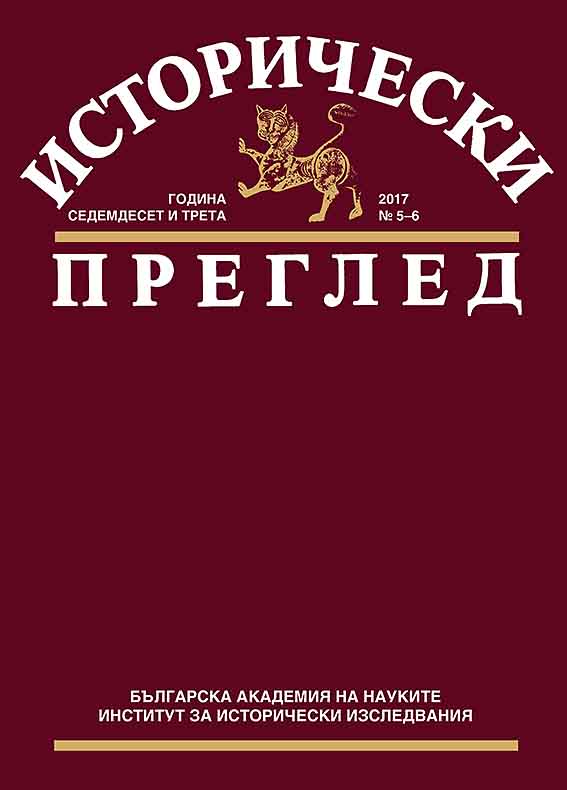
Under direct German influence, anti-Semitism and racism were imposed as a state ideology and policy in the Independent State of Croatia during the Second World War, and thousands of Jews became victims of that. The lack of political opposition in the country turns the Catholic Church in the only opponent and corrective of the Holocaust. Since it could not protect all Jews whose destiny was decided in Berlin, not in Zagreb, the only realistic program of action of the Catholic Church was to at least champion for the Jews of mixed marriages, those who had adopted Catholicism, the children, the elderly people and others. As a result, many were taken to Dalmatia (in the Italian occupation zone) or outside the country.
More...
The article summarizes the factors that influence the emergence and development of American Studies in the United States and Western Europe. The author identifies key trends and themes that shape the character of the scientific discipline on both sides of the Atlantic in the second half of the 20th century, and outlines current trends and directions of its development at the beginning of the 21st century.
More...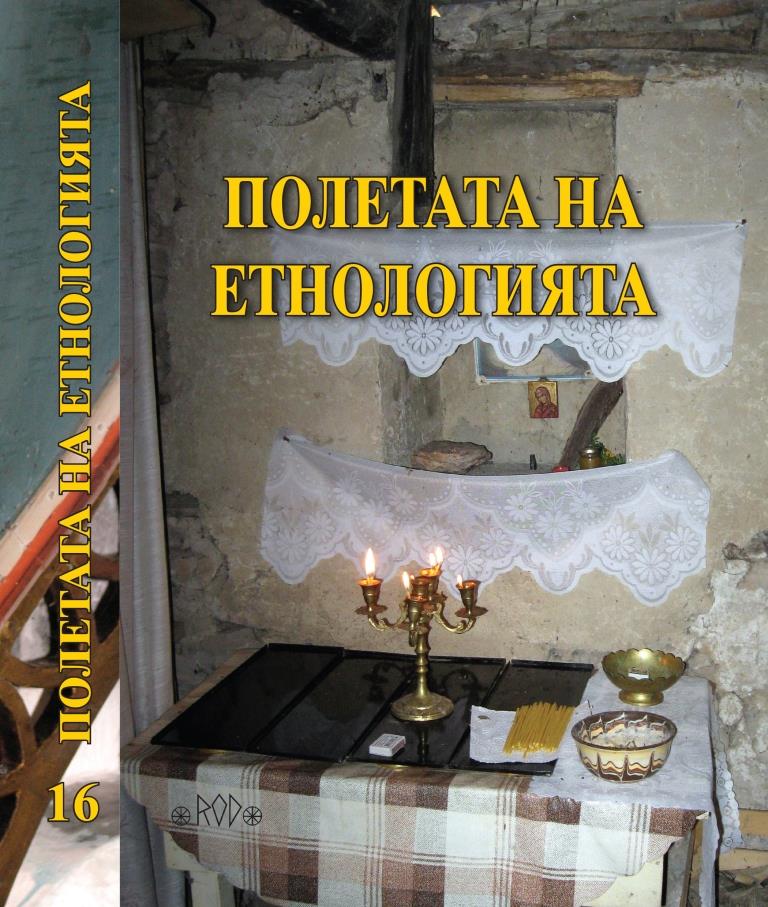
The article is dedicated on the concept soldier. The topic shall be ana¬lyzed according to the main ethnolinguistic principle, examining the word as a mental sign. The collected linguistic material is taken from the Dic¬tionary of the Old Bulgarian language (http://histdict.uni-sofia.bg/oldb-gdict/oldbg_search/) and Archive for Bulgarian Dialect Dictionary. The object is the words represented the concept soldier in the Old Bulgarian and Contemporary Bulgarian Language. The subject is the semantic and the lexicosemantic fields of the words represented the concept soldier. The article reveals the difference between two types of armed persons. The first one (войник) is obliged to serve into the army, the second one (войн) accepts the military duty as a destiny and way of life.
More...
If examined in detail – by means of archaeological excavations plus objective dating techniques – аt least 20 Islamic burials (direct task of ethnology and archeology) they will create a database. A database can serve as an additional heuristic tool in the field studies (reverse task of ethnology and archeology) that aim to clarify the various ethno-confes¬sional processes occurred during the last seven centuries when the Islam attended the Balkans.
More...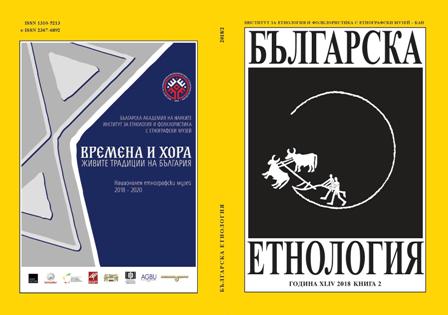

Integration process in the region of East Asia is a relatively new phenomenon in comparison with Europe or America. The idea for deepening East-Asian regional cooperation emerged during 50s and 60s of XX century. Nevertheless, East Asian countries were not ready to take steps in that direction yet. Although a few South East Asian countries managed to establish in 1967 first successfully operating regional organization – ASEAN, real attempts for deepening regionalism and integration, including East Asian countries, appeared after the end of the Cold War. This study aims to outline Beijing, Tokyo, and Seoul’s basic views on development of East Asian integration and to analyze similarities and differences between them. The study also attempts to explain what really prevents East Asian countries to achieve comprehensive and effective integration of the region.
More...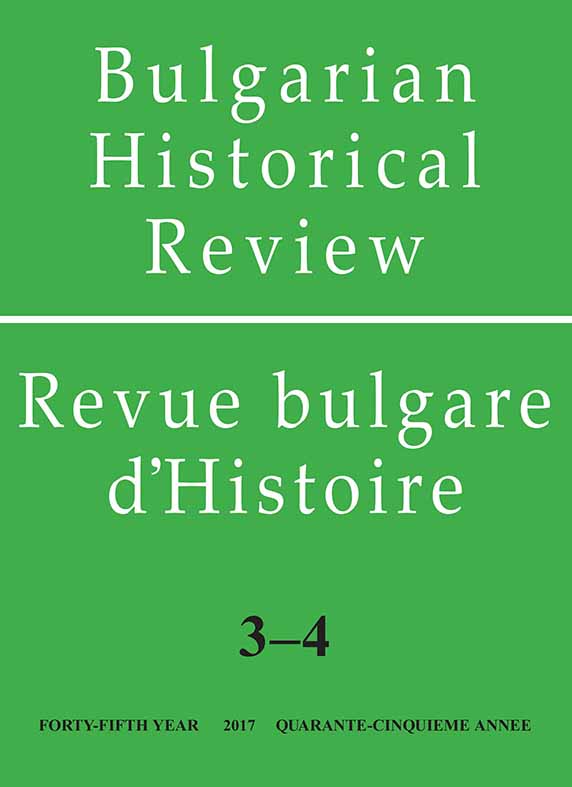
A major objective of this article is to reveal the essence of the concept of Bulgaria’s healthcare policy in the period from 1879 to 1912. It is based on a detailed study of the debates accompanying the preparation, discussion and adoption of all laws related to healthcare in post-liberation Bulgaria. Their analysis makes it possible to conclude that the formation of the basic concept of this kind of policy began already with the establishment of the first governing structures in the territories liberated by the Russian troops. At its core were the aspirations of the authorities to regulate all the necessary care that the state had to take to improve the health and to reduce the mortality among the population. It was of decisive importance for the realization of this process and for the gradual increase of the life expectancy of the population inhabiting the country.
More...
Despite the popular feature of Bulgaria as the most faithful satellite of the Soviet Union during the Cold War, Sofia used cleverly different mechanisms to attract Moscow’s support to ensure national security. One of them was the emphasis on the image of the most loyal Soviet ally, and in the practice of Bulgarian diplomacy one could see the subtle impact by referring to common goals with the global strategic plans of the USSR. The article highlights some of the outstanding issues on the Balkans and follows the arguments that the Bulgarian political leadership handled, as well as the acceptable compromises it was willing to make to ensure Soviet support in favor of national interests in the years of the preparation and conduct of the Conference on Security and Co-operation in Europe.
More...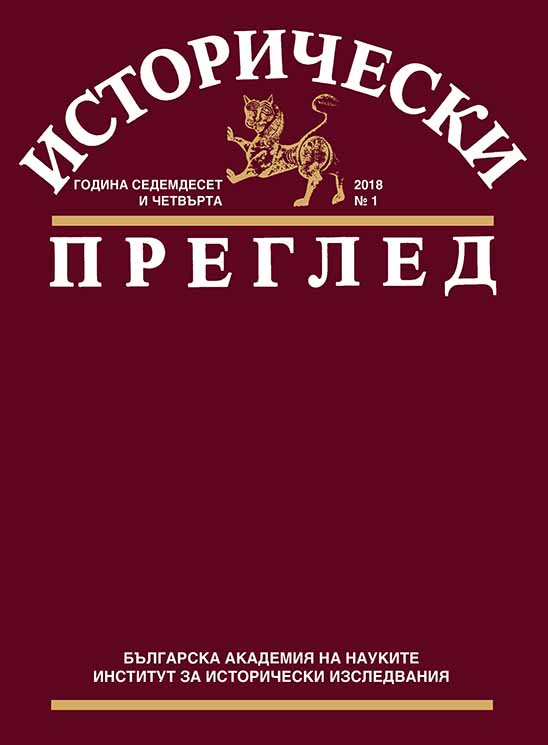
Book Review: "Naimushin, I. N. Naval Engineering School of Emperor Nicholas I, 1898-1919."
More...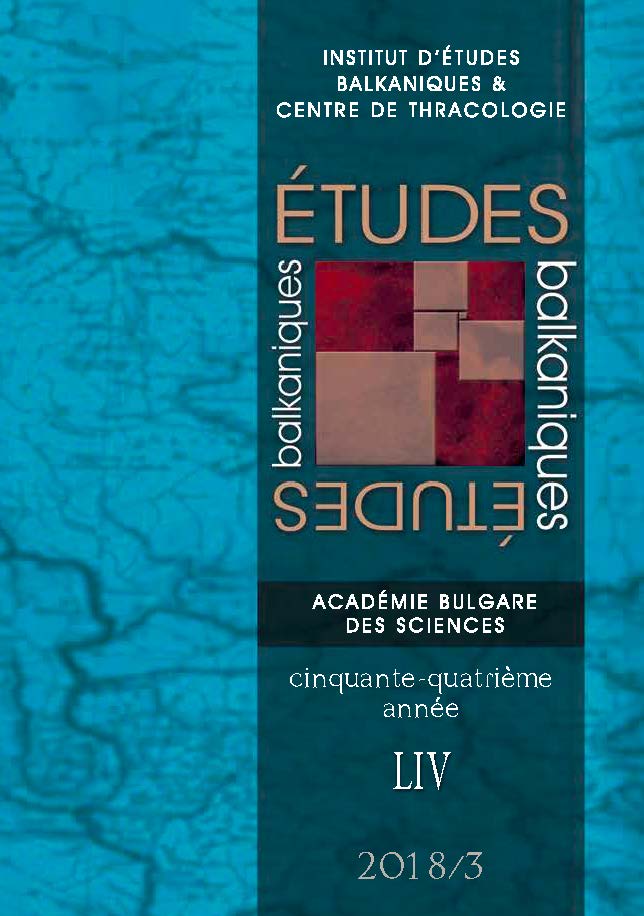
As a cosmopolitan port city imbued with various cultures in the Levant, Salonica took its share from the modernization efforts triggered with Tanzimat Period. By mid-nineteenth century, Salonica’s embankment and customs facilities were limited and the transport of goods was problematic due to limited access. Meanwhile, burgeoning trade activities as a result of Ottoman treaties granting special privileges to foreign tradesmen necessitated a comprehensive reorganization of the harbour area.This paper aims to study the urban and architectural transformation of the commercial centre of the city, with a special focus on the re-organization of the sea shore supported with new findings from the Ottoman archives. After its completion in 1882, Salonica Quay became the most prestigious area of the city, lined with buildings which represented the transforming socio-economic life. The urban transformation emerging from the quay area also reflected on the traditional commercial centre concentrating around Frank Street, where new types of commercial buildings started to appear.
More...
Scholars have relied upon diverse methodologies and sources to produce a new corpus of studies about Salonica’s Jews that explores the impact of the end of the Ottoman Empire and the consolidation of the Greek nation-state. Much of the newer scholarship, however, reinforces the perception that Salonica’s Jews experienced a period of “decline” after the city’s incorporation into the Greek state (1912 – 1913) that culminated in their deportation to Auschwitz (1943). This study investigates why such a lachrymose and teleological interpretation of Salonican Jewish history persists today. By reference to new sources and a different interpretive lens, this article also challenges conventional wisdom concerning key turning points in the narrative of the city’s Jews: a major fire (1917), a compulsory Sunday closing law (1924), and the first major act of anti-Jewish violence (1931). The article thus offers a new approach to assessing the encounters between the multiplicities of Jews in Salonica and the Greek state.
More...
Bouena Sarfatty was born in Salonika in 1916 to a Sephardi family. After World War II, she memorialized her birthplace by composing hundreds of Ladino verses (coplas) about Jewish life in the twentieth century. Her phenomenal memory and personal insights provide a poetic mirror that reflects the multi-cultural environment which she experienced personally. The poems appearing below reflect her thoughts about the process of modernization, whether of language, education, dress or mentalité. European influences created a cosmopolitan city that clearly affected Jewish life. The changes that transpired following the devastating fire of 1917 often harmed the development of this community that had been so vibrant and essential for centuries. Be that as it may, the poems written by this native Salonikan present a unique glimpse into the mindset and experiences of multilingual Jews attempting to adapt to the twentieth century and life in a multi-cultural city.
More...